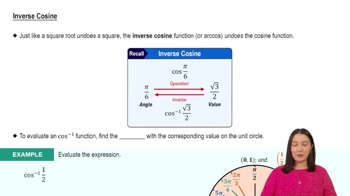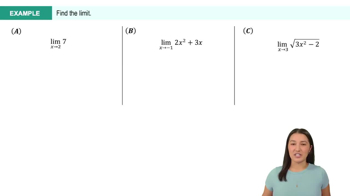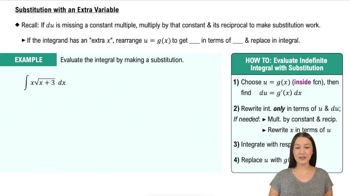Assume f is an odd function and that both f and g are one-to-one. Use the (incomplete) graph of f and the graph of g to find the following function values. <IMAGE>
f⁻¹ (10)
 Verified step by step guidance
Verified step by step guidance Verified video answer for a similar problem:
Verified video answer for a similar problem:



 5:57m
5:57mMaster Graphs of Common Functions with a bite sized video explanation from Patrick
Start learning